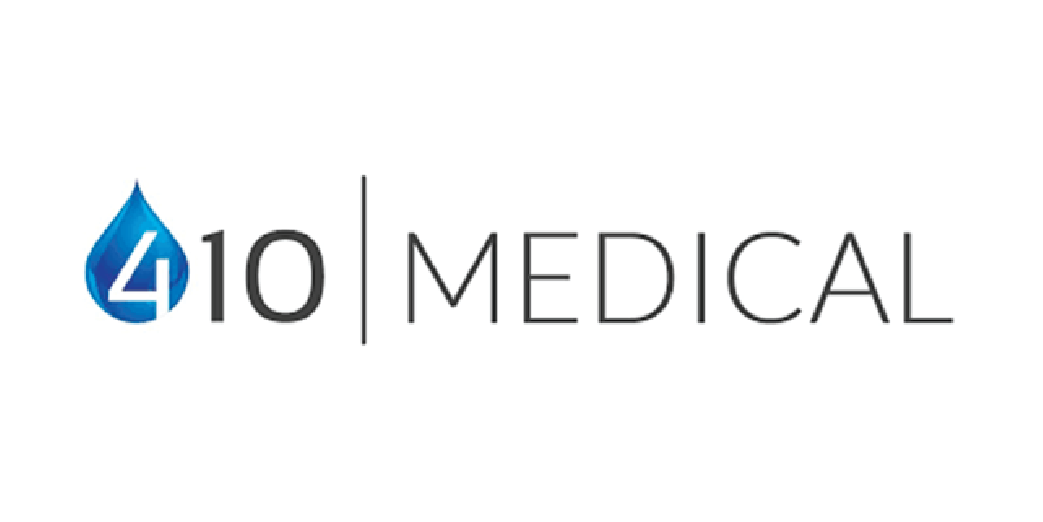This device was modeled after the company’s original LifeFlow Fluid Infuser (LifeFlow) for quick fluid administration to critical patients. In the emergency room, speed and accuracy are everything. For fatal cases like septic shock, getting fluids into the body quickly is an integral part of resuscitating a patient. Before LifeFlow, such treatments were often too complex, too expensive or too slow.
The device’s design is relatively simple – it looks like a squirt gun. As a doctor squeezes the trigger, 10 milliliters of fluids shoot into a vascular access point. As the trigger is released, the device fills up with 10 more milliliters of fluids. The process is then repeated over and over. It is fast and accurate, solving a previously unmet need in emergency rooms around the country.
LifeFlow PLUS works in a similar fashion to its predecessor by delivering blood and its components to patients quickly. Severe bleeding can lead to fatal hemorrhage, and the treatments are often ineffective due to complexity and lag.
LIFEFLOW FLUID INFUSER
The FDA’s clearance of LifeFlow PLUS proves it to be safe and effective, which means doctors will now be able to rapidly administer blood and its components to patients suffering from life-threatening hemorrhages.
The good news for the Durham company doesn’t end there. In their Q3 report, the 410 Medical reported its best quarter in sales, increasing 34% from Q3 in 2019. A large part of this success is due to OSF HealthCare, a system of 14 hospitals in Illinois, who purchased almost 300 LifeFlow units.
Expanding clinical research capabilitie 410 Medical also focused largely on clinical research during this quarter. It presented its abstract detailing how delayed fluid resuscitation may lead to sepsis and death to the American College of Emergency Physicians (ACEP), a professional organization improving the quality of emergency care. In the next few months, 410 Medical plans to present three more abstracts.
The company has recently expanded its clinical research front by partnering with the Emergency Medicine Foundation, an organization created by ACEP’s leaders which funds research advancing emergency medicine. With the $250,000 grant, 410 Medical will study the effectiveness of LifeFlow devices in patient outcomes.
It is widely accepted that early fluid delivery can help septic shock, anaphylaxis, post-ROSC hypotension, hemorrhage and other life-threatening complications. However, in the past, traditional treatment tools haven’t allowed for more precise studies to be conducted. Through a partnership with EMF, using their LifeFlow devices, 410 Medical seeks to find the ideal timing, volume and circumstances to maximize positive outcomes.



